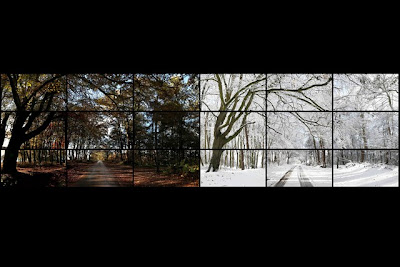All sketchbooks need to be handed in today so I can look at them, make sure that they contain all the relevant images from the photographers that you have looked at, at least 6 images from each, and a total of 6 photographers are required for the studio work you did.
Produce a list of all the sessions we did and write an evaluation to include all of them from animation and photography you did.
The David Hockney research work in images and videos needs to be included in your evaluation all the way back to the first sessions that we did on 2D flat animation.
Anyone who hasn't completed or finished all their work properly will not be doing an FMP as you will be finishing this work off. So its up to go over all of your work to make sure everything is done.
Look at the tutor site, the criteria and the assignment papers on there to make sure and check all your work with.
Produce a list of all the sessions we did and write an evaluation to include all of them from animation and photography you did.
The David Hockney research work in images and videos needs to be included in your evaluation all the way back to the first sessions that we did on 2D flat animation.
Anyone who hasn't completed or finished all their work properly will not be doing an FMP as you will be finishing this work off. So its up to go over all of your work to make sure everything is done.
Look at the tutor site, the criteria and the assignment papers on there to make sure and check all your work with.









